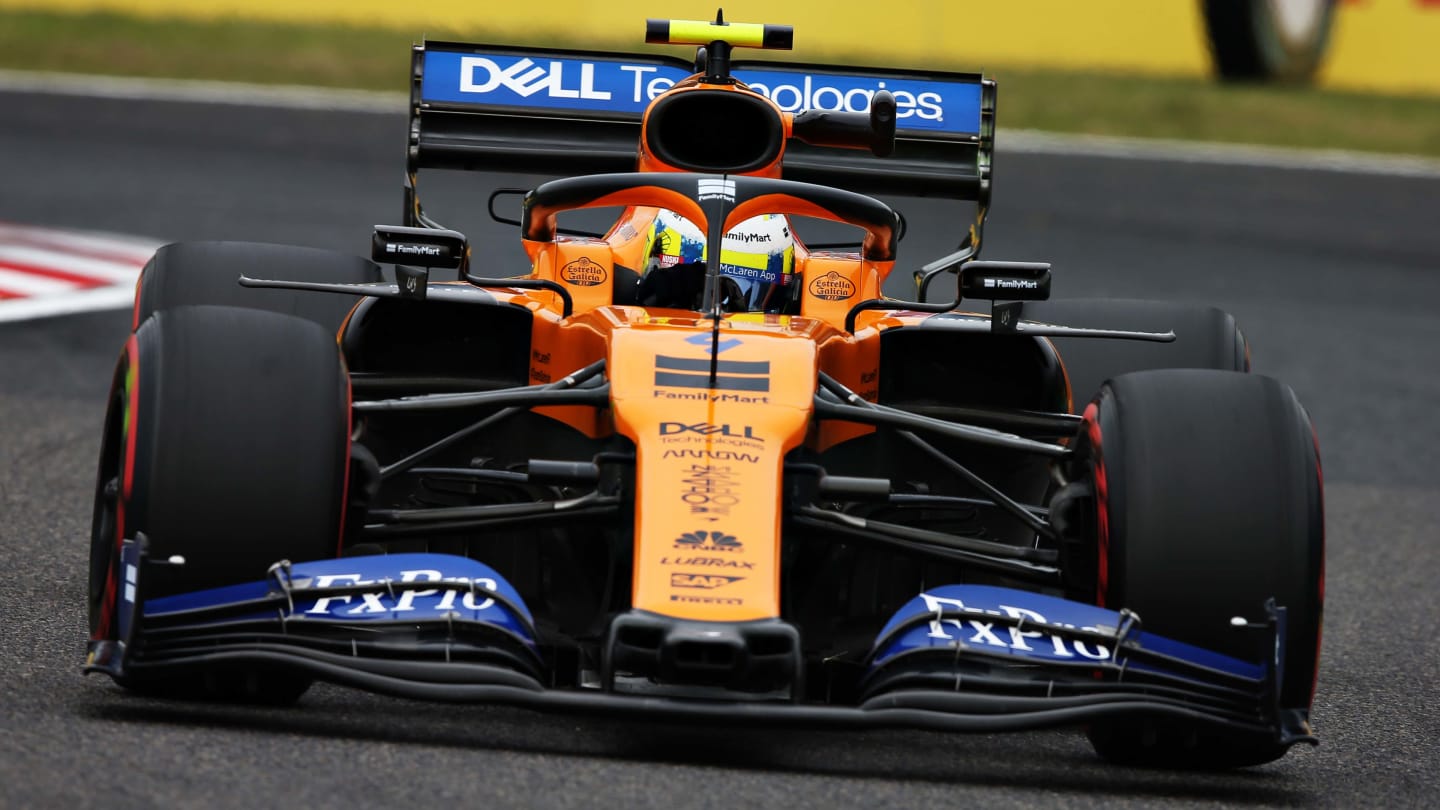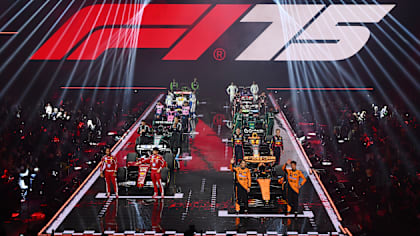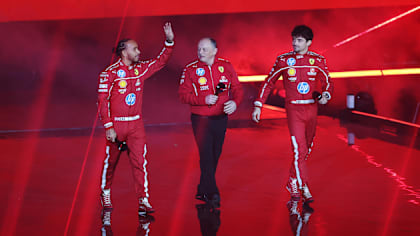
Feature
Trackside Performance Analysis: The art of tackling Suzuka’s Esses

Share

To understand the subtleties of car performance and driver technique, there’s no substitute for standing trackside and observing (and listening to) the protagonists at work. For FP1 in Japan, Mark Hughes watched how the drivers dealt with Suzuka’s famous Esses…
Turns 3 and 4 at Suzuka begin one of the most awesome sequences of bends on the F1 calendar. When the track was designed in the 1960s, each of the bends that comprise the Esses was a proper brake and turn corner – even with only 20% of the power of the current cars. Now the cars’ grip devours them – the best ones with no more than a mix of throttle-on and momentary throttle-off.
READ MORE: Bottas leads Mercedes 1-2 in opening Suzuka session
The Mercedes, wearing their newly upgraded barge boards, are outrageously grippy through here. They are still accelerating through the left of T3 and continue to do so in the small transition between the two turns, and it looks impossible that they will make it through the tighter T4 right-hander.
The Mercedes W10’s monstrous downforce is effectively treating two of F1’s toughest corners as a straight!
But their turn-in coincides with just the briefest lift of throttle and it’s enough to allow the car to keep accelerating through the remainder of the turn. The Mercedes W10’s monstrous downforce is effectively treating two of F1’s toughest corners as a straight! Only the tyre temperatures and the lateral loadings going through the car and driver will say different.
READ MORE: Bottas expecting ‘decent’ performance boost from Suzuka upgrade package
If you hadn’t just seen the Mercs, Lando Norris in the McLaren would look mighty impressive here. Quick and drama-free through T3, he’s busy with both steering and throttle as he wrestles the car onto the ideal approach for T4 – and he takes in a lot of entry speed. But the front just can’t sustain the load for as long, and his throttle lift is at least twice as long as that of Lewis Hamilton.
Japan: Turns 3 and 4 analysis
Charles Leclerc is driving beautifully in disguising the Ferrari’s grip disadvantage to the Merc, with a flowing input – but he’s not so aggressive in how much speed he takes into four, and the car is not quite so planted through there.
Max Verstappen is late out in the Red Bull and immediately pushing hard. The car has a lot of grip, but in trying to carry big speed into T4, the rear begins to swing around quite suddenly. Not to the extent of a slide, just an over-rotation around its axis which prevents Max getting as hard and early on the gas as he’d like to.
Russell and Kubica are trying in vain to find a way through Turn 4 in the Williams that doesn’t involve lifting off way earlier than the others
In the sister car, Alex Albon is on his first visit to the track. He’s carrying plenty of speed but isn’t quite so adventurous with the turn-in aggression. It probably loses him a little bit of entry time, but at least some of that will be clawed back by his earlier application of the throttle.
At the opposite end of the scale from the Mercedes, George Russell and Robert Kubica are trying in vain to find a way through Turn 4 in the Williams that doesn’t involve lifting off way earlier than the others and then having to wait probably three or four times as long as the Merc drivers before getting back on the throttle.
READ MORE: Staying 'under the radar' has seasoned me for future success, says Russell
Regardless of how its challenge has changed as the cars have evolved over the years, this piece of track continues to give a great visual snap-shot on the competitive order of the cars.

YOU MIGHT ALSO LIKE

Video MUST-SEE: Get an enticing behind-the-scenes look at Apple Original Films' upcoming 'F1' movie
Feature IN PHOTOS: Every 2025 F1 car livery after their spectacular F1 75 Live unveilings
Video LIVESTREAM: Re-watch all the action from the groundbreaking F1 75 Live launch event
VideoF1 Unlocked WATCH: Hamilton, Leclerc and Vasseur show off Ferrari’s 2025 look at F1 75 Live



